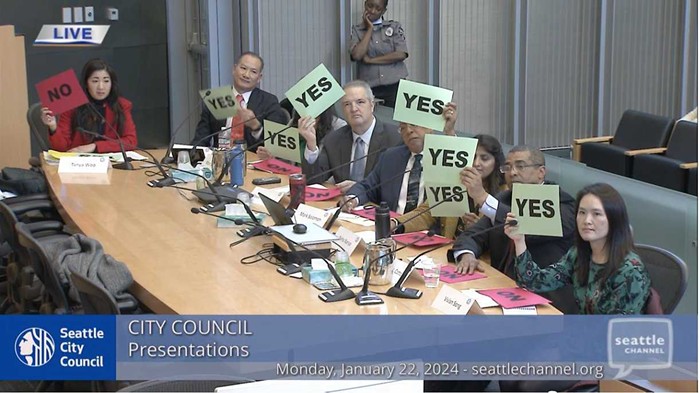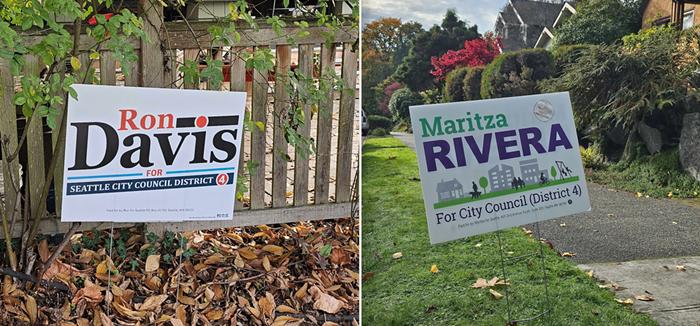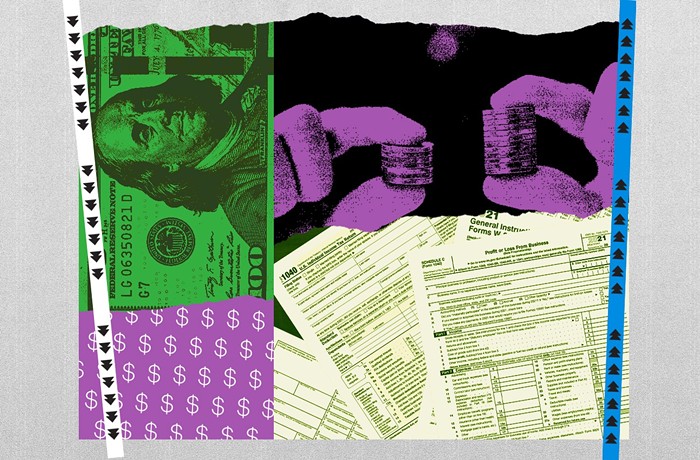
The proposed CD's boundaries would stretch from John Muir Elementary School in the north to Rainier Beach High School in the south and get boxed in by the blocks surrounding Rainier Avenue. If approved, the Rainier Valley Creative District would be the ninth state-approved CD and the first situated within Seattle's borders. (The Capitol Hill, Uptown, Columbia City and Hillman City, and Central Area Arts & Cultural Districts are all city-designated, not state.)
"[The Rainier Valley Creative District] is really something that I believe will save us as a community," Kouyate told me in a recent interview. "It will save us as a people."
A state-endorsed CD certification is more than just a title. It can encourage small business growth, tourism, job creation, community-centric redevelopment, as well as *~*~*~boost livability~*~*~ in designated areas. The state also offers "modest start-up grants" to newly formed Districts to help them get their feet off the ground.
This designation would be significant, as southeast Seattle often gets a short shrift when it comes to arts coverage and funding. Despite the large community of artists living in south Seattle, the city coalesces strongly around art walks in Pioneer Square and Capitol Hill because of the resources and infrastructure dedicated to supporting the arts in those neighborhoods.
Kathy Fowells, director of SEED (Southeast Effective Development) Arts and part of the Rainier Valley CD initiative, sees this push as essential to developing needed arts infrastructure—artists living and workspaces, performance spaces, etc. There's lots of room for development along Rainier Avenue and the light rail, and creative enterprises should be part of the discussion of what gets built where.
"We just have this window of opportunity to make sure that we develop that infrastructure so that the artists can stay in southeast Seattle," she said. "Otherwise, I worry that the creatives are all going to move out to Burien, Kent, and Auburn, and we'll have fewer and fewer creatives living within the city limits."
With the potential for more attention to the Rainier Valley, both Kouyate and Fowells are focused on hedging off gentrification and maintaining the area's reputation as one of the most ethnically diverse regions in the city. They see affordability, accessibility, and working with the existing arts community as key to developing the Rainier Valley CD. The group says it has looked into models like land trusts for creative use, which can create art spaces and ensure rents stay at sustainable levels.
"In the South End, the art infrastructure is not going to be targeting Seattle Art Museum or Seattle Symphony. We are really trying to work with the creatives that are already in the neighborhood," said Fowells. "I think by focusing on them and their needs and making sure they can stay... even if some new people come as a result, these [creatives] will be strong enough and the foundation will be built that they will not be displaced."
Part of this broad coalition effort is Kouyate's organization, ADEFUA Cultural Education Workshop, as well as:
Elisheba Johnson of the Central District's Wa Na Wari art space acts as a facilitator for the group's monthly meetings.
If approved, the brains behind the Rainier Valley Creative District first want to focus on "collaboration and infrastructure" and continued outreach to other arts and cultural organizations within the district. Both Kouyate and Fowell emphasized that the opportunity to connect with other organizations in the area is just as crucial as getting the designation itself.
The group is in its final planning stages and hopes to submit its application by late spring for a summer approval.



















